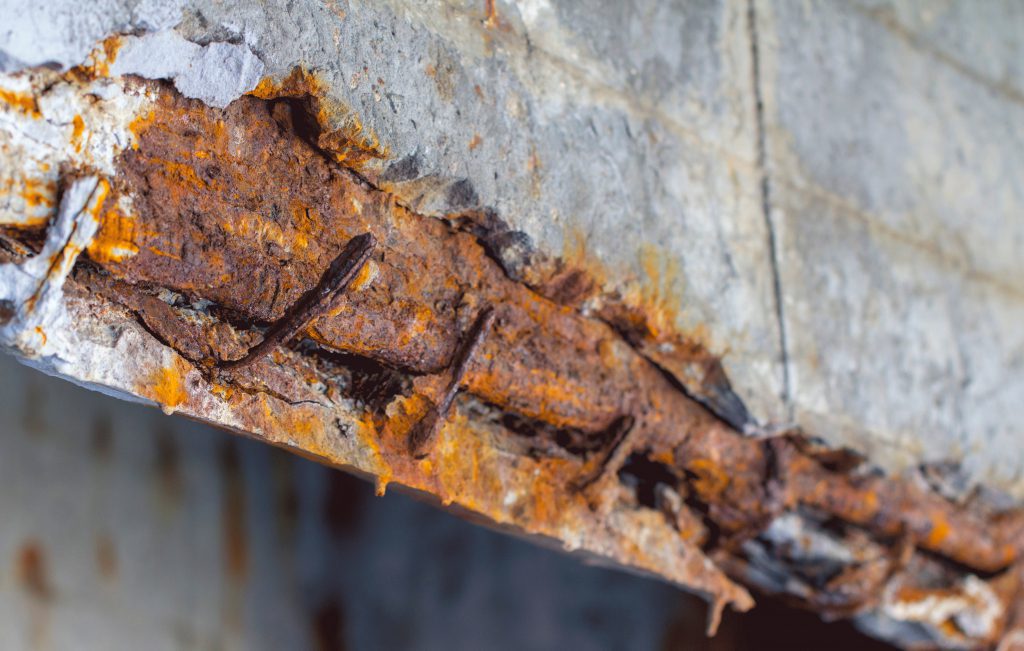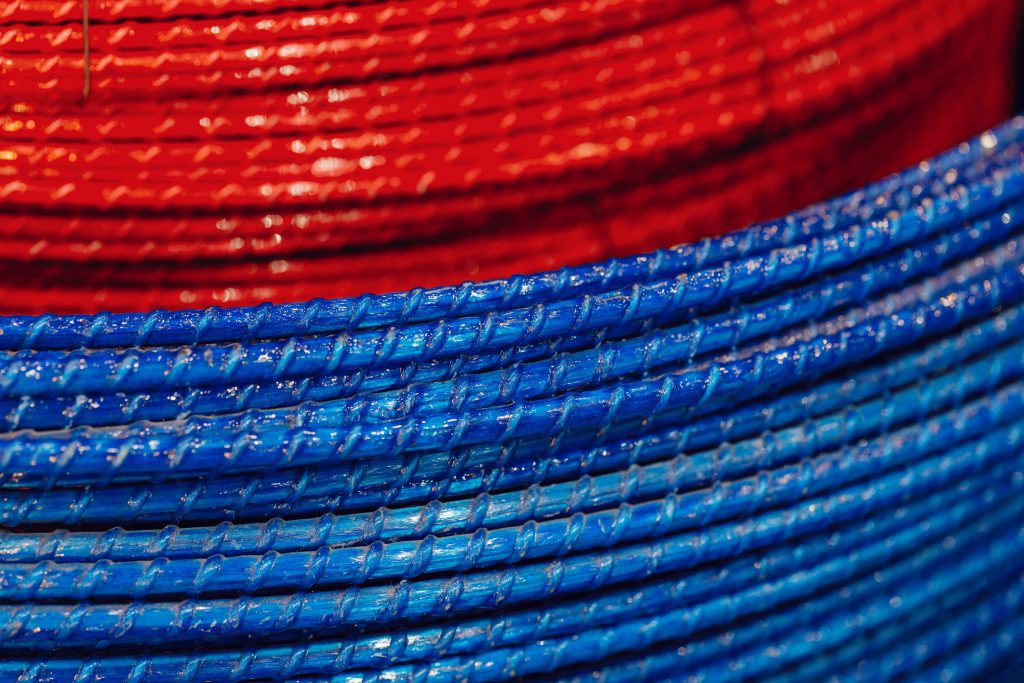
Combining forces improves our capabilities. For example, two people have double the capabilities of one. One plus one always = two. Right?
Well, given the right combination, we can actually multiply our capabilities.
For example, let’s look at two common materials: plastic and glass. Both have unique benefits. But combine glass fibers with plastic in an advanced “composite” matrix, and the combined materials create something much tougher and more capable than expected. In the case of plastic composites, one plus one is greater than two.
This phenomenon – a multiplied increase in performance – can help us rebuild our nation’s infrastructure with much greater resiliency. And sustainability.
Let’s take a look at one sector of infrastructure: our built environment.
Concrete is the most widely used material in the world (approximately 75 times more concrete is made than plastic!). It’s used extensively to make our buildings, roads, bridges, dams, marine walls and more.
However, it’s a tad brittle and has limited tensile strength (meaning how much stress it can take), which is one reason concrete buildings sometimes fail in earthquakes.
So concrete is often combined with steel rods called rebar to significantly improve the strength of those buildings, roads, bridges…

Corrosion
But! Steel rebar has some drawbacks. Over time, it can corrode (due to oxidation) when exposed to salt, certain chemicals and moisture. This corrosion causes the steel rod to expand, which stresses the concrete and can create cracks. These cracks in turn expose more of the concrete and rebar to the environment. And the deterioration worsens.
More concerning, corrosion can cause “spalling”, a fancy word for when chunks of concrete completely break away from the rebar, exposing the rebar to the elements. This makes things even worse, leading to even more deterioration. The structure needs to be repaired (expensive! time consuming!). Or it loses structural integrity and needs to be replaced.
Those repairs to roads and bridges holding up your commute? Often caused by the effects of this corrosion.

And then there’s steel rebar’s tendency to interact with electrical/magnetic/radio fields, making it less than optimal for use in some power generation, imaging, and electrical/electronics facilities.
Despite these drawbacks, steel rebar is still widely used to reinforce concrete throughout our nation’s built environment.
Anti-corrosion: Plastic composites

But that’s shifting based on the many advantages of plastic composites (typically called fiber-reinforced polymer or FRP). Innovative technologies enable the creation of durable, high-tech composites that are inexorably finding their way into a new, more resilient infrastructure. In fact, the construction industry today is one of the largest users of plastic composites. One study:
“… with the advancement of modern technology, FRPs have emerged as an attractive alternative for retrofitting and strengthening of concrete structures owing to a number of advantages they offer over traditional construction materials, such as concrete and steel… integration of FRP materials is now more natural (and frequent) in infrastructure construction projects.”
Couldn’t have said it better.
Here’s why this is happening. Let’s look at glass fiber reinforced polymer (GFRP) rebar, one of many common composite products. It weighs about 75% less than steel, which helps installation and transportation. (BTW: Lighter weight also contributes to fewer fuel related emissions.) It typically has improved tensile strength. It’s non-conductive (no impact on electric/magnetic/radio fields). And even in the face of decades of technical improvements and innovations, it can now compete on cost-effectiveness in many applications.
Plus, it resists corrosion. It’s a whole lot more than just the sum of its parts.
(FYI: Glass fiber is only one example – we’ve all heard of carbon fiber, a high-tech material combined with plastic that’s used in multiple sectors of our infrastructure, e.g., the transportation sector in our cars/trucks and jumbo jets.)
Light Weight Bridges
FRP’s light weight also comes in handy. A typical concrete/steel rebar bridge is mostly dead weight, which limits its length and load. Decreasing dead weight can increase the load and potential spans of our bridges. Another study:
“FRP bridges are relatively light and constitute 30% to 60% of the weight of traditional structures. The advantages of FRP bridges are their strong tolerance to environmental corrosion, ease of construction and low cost of repair. Therefore, FRP bridges can be widely used as overpasses of highways, railways and streets.”

Resiliency = Sustainability
These are just a couple of examples. FRP rebar and similar plastic composite products are creating inroads in all sorts of infrastructure projects (“in roads!” ha!). These durable, high-tech, modern materials are making innovative contributions to our nation’s resiliency and our ability to move people, energy, goods and water.
And a resilient, durable infrastructure reduces the environmental footprint of repairing and tearing down aging buildings and roads and bridges… and then rebuilding them.
We have the materials to improve our resilience. Let’s use them. Let’s build better from the get-go so we can leave our next generations a longer lasting – and more sustainable – infrastructure.
For more information on growing uses of many plastic composite building materials, check out NEX, a center of excellence at the American Concrete Institute launched by Aramco Americas and supported by ExxonMobil and others.
